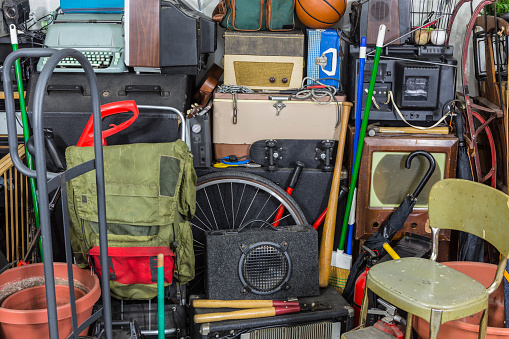
Have you ever found yourself scratching your head in confusion in the light bulb aisle? You’re not alone. Between technology and a huge push for energy efficiency, light bulbs are continuing to evolve, meaning that consumer light bulb options are evolving, too. Keep in mind that with the changes, as well as new efficiency standards being implemented by the government, what we see on the shelves is bound to continue changing for a long time to come. That being said, you’ll generally find three different options to choose from at your local store.
Halogens: A lower wattage bulb with tungsten filament, these lights are surrounded by halogen gas. This gas provides not just brighter lighting overall, but also much more efficiency. In fact, it’s estimated that these bulbs are about 25% more efficient than the incandescent bulbs of yore, meaning they’ll last nearly three times longer.
Compact Fluorescents (CFLs): Don’t hate these bulbs just yet. While fluorescents may instantly take you to a moment of bad lighting and poor skin tone, the latest CFL bulbs offer color and styling options. If that’s not enough, a CFL bulb offers about 75% savings in energy over traditional incandescent bulbs and can last up to ten times longer.
LEDs: Chances are you’ve heard the term “LED lighting” before–and there’s a reason for that. LED bulbs are the most efficient option available in today’s market. In fact, it’s estimated that they are 70-80% more efficient than traditional incandescent bulbs and last about 25 times longer. Keep in mind that starting in the year 2020, LEDs are the only bulbs (as of now) that will meet federal energy efficiency standards. Prices on these have been significantly reduced in recent years, and you can find them for just a few dollars.
We don’t think much about our light bulbs until they go out–and that’s okay. However, the next time you find yourself having to update your light bulbs, be sure to check back to this helpful guide and choose the light bulb that is best for your household.





